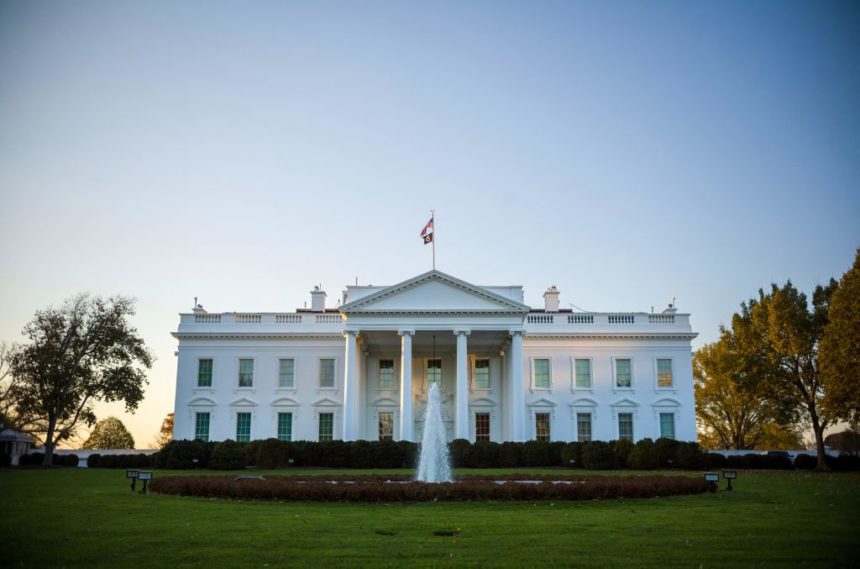Travelers returning from holiday gatherings – this year with much fewer of the COVID-19 restrictions we’ve grown accustomed to — may lead to a slight uptick in cases this winter.
Still, the wheels are in motion within the Biden administration to end the COVID-19 public health emergency, nearly three years after it began.
At a Health Affairs event last week, White House COVID response coordinator Ashish Jha, MD, MPH said the federal government is in the midst of preparing to end the public health emergency, according to POLITICO. That means the virus will soon officially be considered endemic, similar to the flu in the way that it circulates with expected winter surges.
This comes three months after President Biden said the “pandemic is over,” much to the chagrin of some public health officials and medical marketers still fighting the virus that has claimed the lives of nearly 1.1 million Americans since March 2020.
Still, the end of the public health emergency also means significant changes to how the nation responds to the virus.
The expected conclusion marks a new transition period, where the federal government will no longer buy COVID-19 vaccines, treatments or tests. Additionally, COVID-19 aid funding, which has already run dry, will not be replaced.
This turning point in the pandemic also marks a potentially murky road ahead, as the healthcare system figures out how to handle the burden of a difficult disease without federal support, according to Georges Benjamin, executive director of the American Public Health Association.
“This is a transition from a fully government-funded, managed operation to the normalization of COVID-19 into our regular systems of delivering care,” Benjamin said. “Many COVID-19 things — such as who pays for health insurance coverage, clinical care or medications — are in the process of being transitioned to the private sector.”
Though COVID-19 fatigue is real, the transition is still happening “much faster than the Biden administration wanted it,” Benjamin noted, pointing to Congress rejecting the Biden administration’s bid to renew COVID-19 funding earlier this year.
Public health experts have some concerns that the U.S. public health infrastructure won’t be as well-equipped as it needs to be to take on the evolving COVID-19 virus long-term.
Lessons learned during the COVID-19 public health emergency — like expediting vaccination development with government incentives as well as boosting vaccination and testing sites — may fall to the wayside without more federal funding.
Additionally, as shown this fall and winter season, surges of infectious diseases hitting all at once — like flu or respiratory syncytial virus (RSV) — is what will make handling COVID-19 more difficult.
“The baseline of infectious disease problems are going to be a challenge,” Benjamin said. But he also added that other chronic health burdens, linked to stress and mental health issues — like gun violence — will also see an increase.
“Overall, our health system is going to be stressed,” he said. “Whether we can handle it or not depends more on timing and how much hits us at the same time.”
The most impactful aspect of the transition, however, may have to do with how people pay for COVID-19 vaccines or drugs moving forward.
“The biggest threat we have to all of this, quite frankly, is prices,” Benjamin said.
Over the course of the pandemic, the federal government spent more than $30 billion on vaccines and boosters, according to the Kaiser Family Foundation.
That investment incentivized pharma companies and allowed the vaccines to be distributed to Americans for free. Now, the cost will shift to public and private insurers; most people with health insurance will likely be able to get a shot free, but uninsured patients may have to pay up to $96 to $115 per dose.
Pfizer has already stated it plans to ramp up the price of its COVID-19 vaccine to $110 to $130 per dose as the federal government’s purchasing program ends in 2023.
“If they’re talking about taking the cost of these vaccines up four or five times, and if we don’t have a mechanism for the government to buy them in bulk, the underserved and uninsured will be left out in the cold again,” Benjamin said.
He continued: “Thinking through how to pay for these vaccines, to make sure they’re still affordable, and to make sure pharmaceutical companies are not price-gouging is going to be the next big quest.”
Finally, messaging will be important during the murky period of change, especially in the midst of COVID-19 fatigue as mask-wearing and booster vaccinations grow lax.
Notably, the Centers for Disease Control and Prevention have had their share of communication bungles throughout the pandemic.
In some ways, the federal government continues to give some mixed messages around what people should be doing in this interim period. Though Biden declared the pandemic over in September, the CDC has now suggested people begin wearing masks again heading into the holidays. Mixed messaging like that has an impact.
“The challenge is we have a lot of messengers and we’ve got to make sure they’re all on the same page,” Benjamin said.
Public health experts generally agree that even if and when the public health emergency ends, the message should be the same whether it’s 2020 or 2023: If you’re sick, stay home. Get vaccinated. Continue good hand hygiene, wear a mask — specifically an N95 or other surgical mask — in crowded indoor spaces or public transportation.
“That’s a simple message,” Benjamin said, “But it needs to be said over and over and over again. People need to realize that the pandemic isn’t over.”







